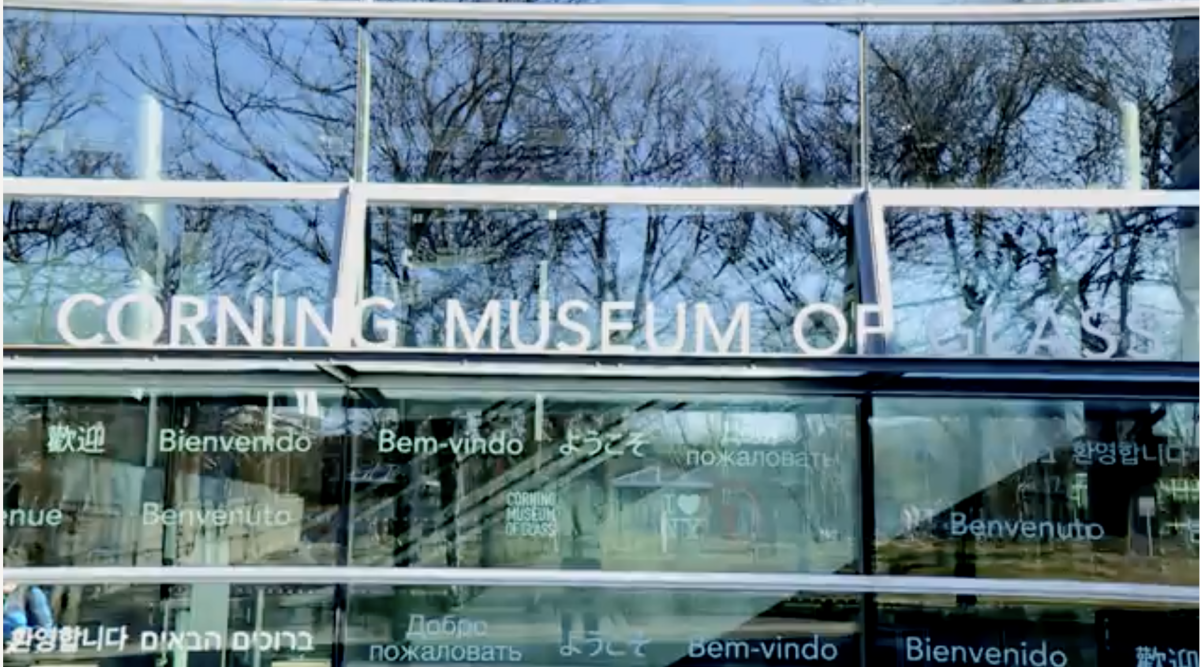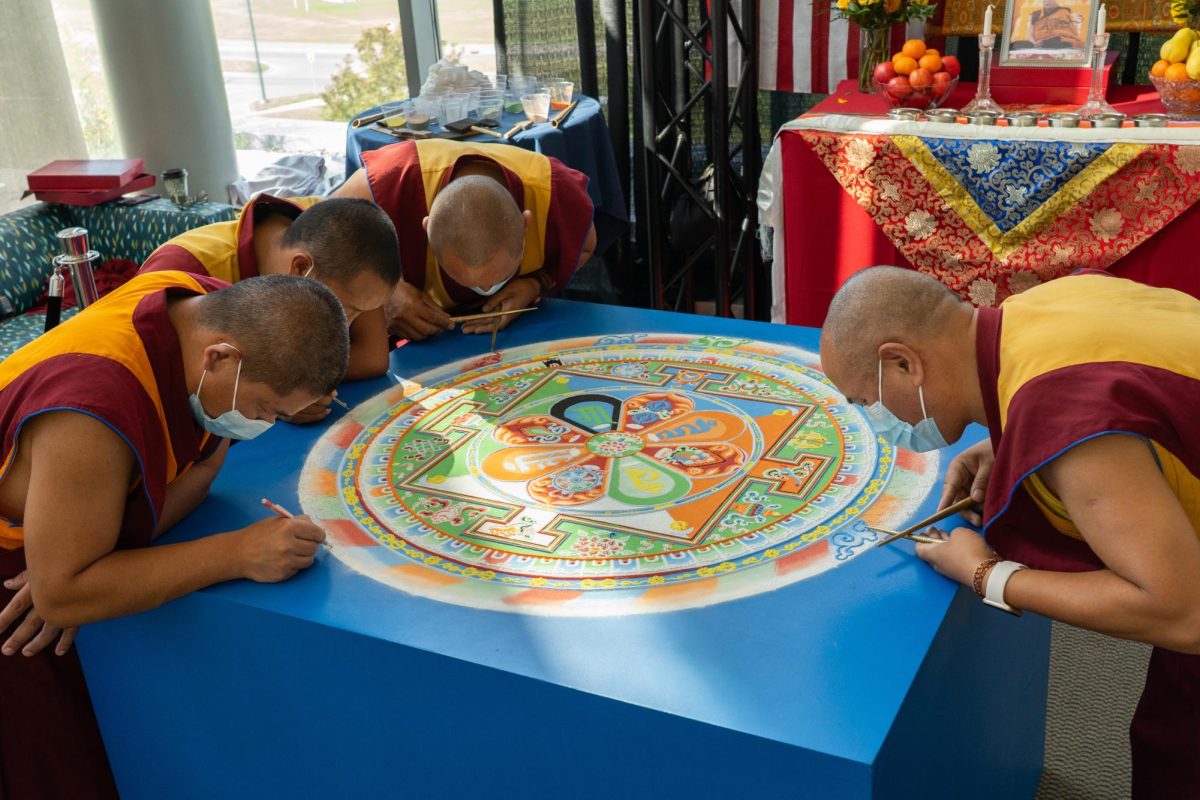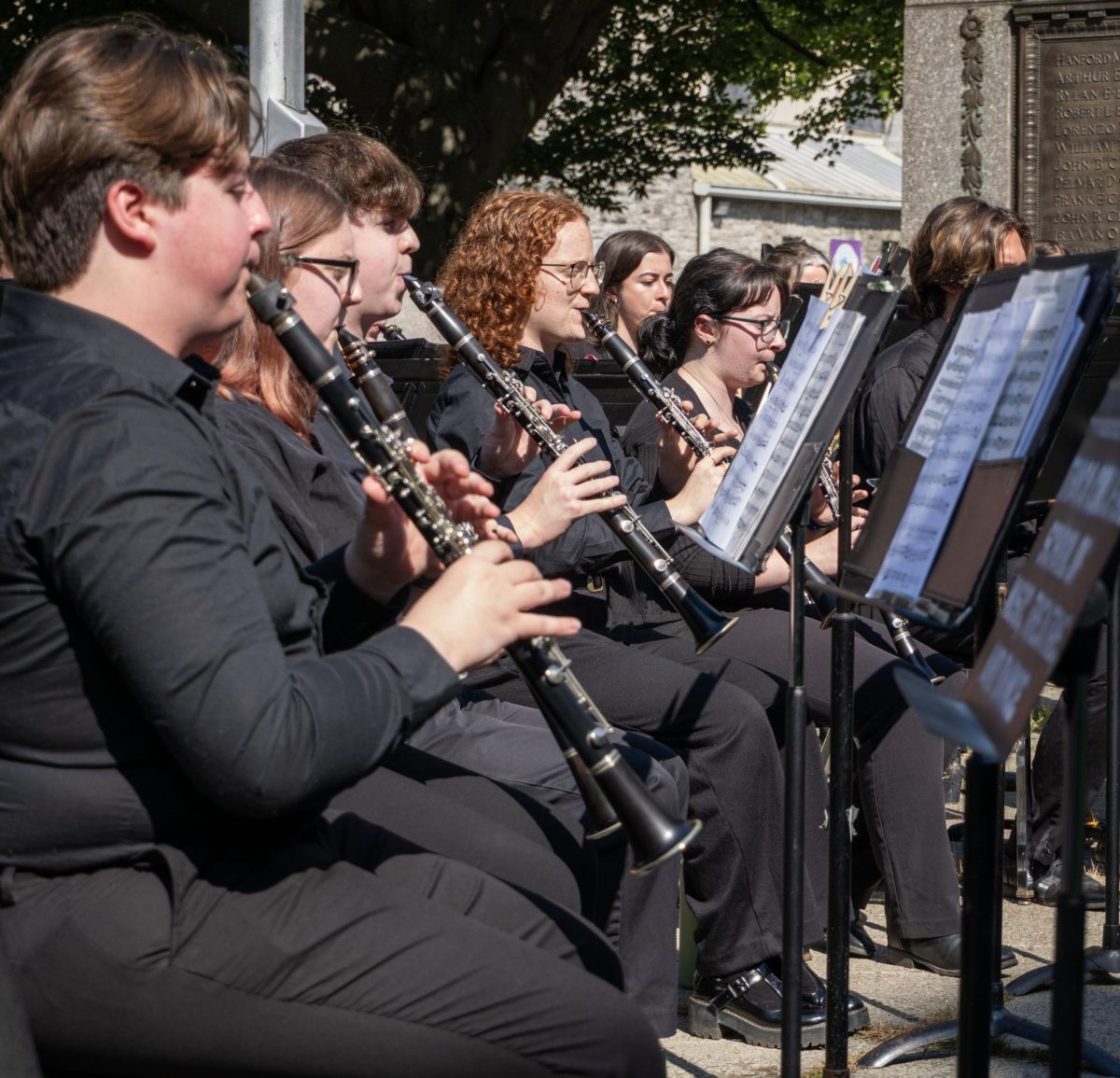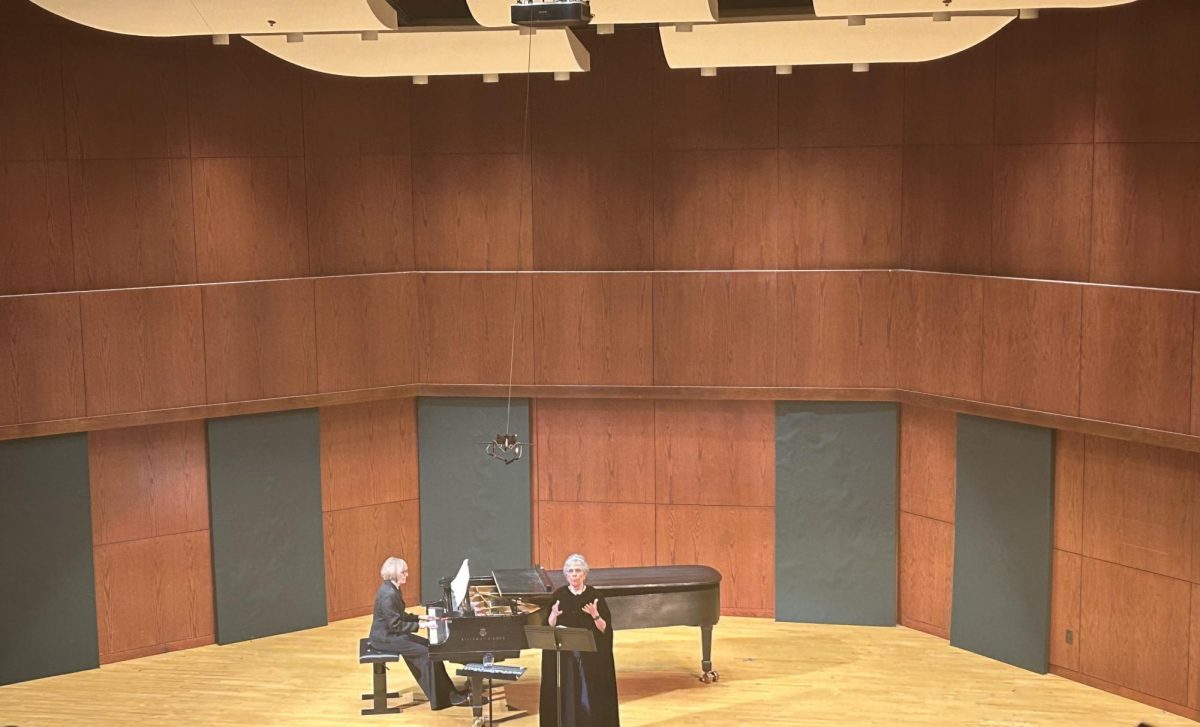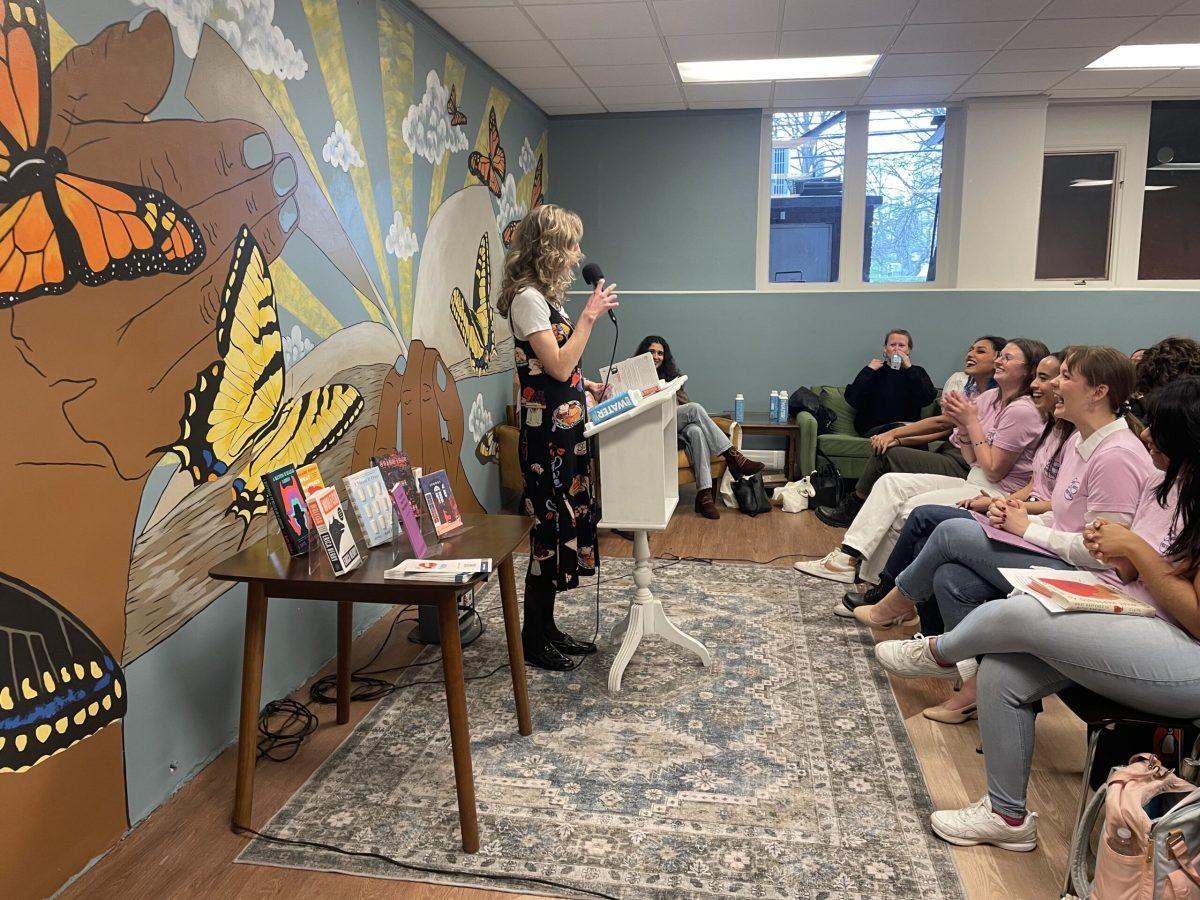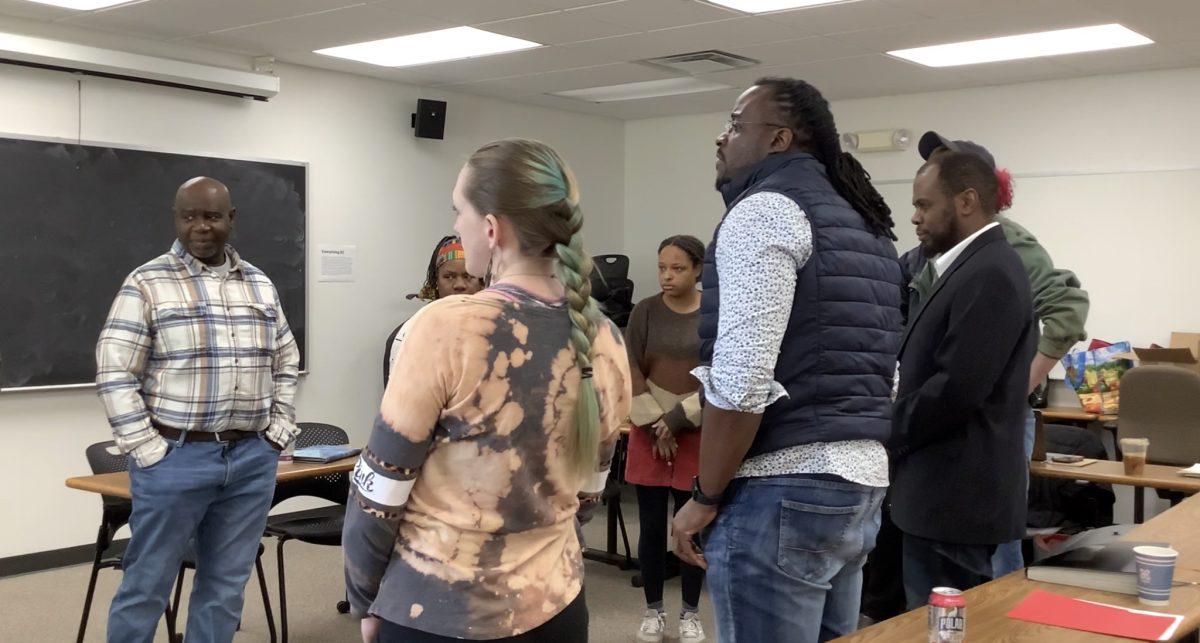When you walk into the Corning Museum of Glass you’re presented with beautiful glass displays and exhibitions full of history and charm. Every summer, one of these exhibits is put together by teenagers as part of the museum’s Junior Curators program.
The program allows students in grades eight through 12 to train with educators, curators, and other museum staff to learn about glass art, history, and science once a week. From there, students will build an exhibition based on a theme displayed in the museum.
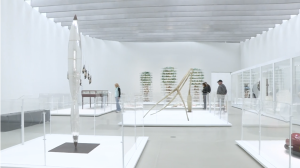
This year the program has four students. Troy Smythe, Manager of Interpretive Strategy and Education Projects and Mieke Fay, Manager of Education and Interpretation said that the program allows for students to choose objects the museum already has to tell a story.
“It ends up being a lot of writing, and storytelling, meeting with marketing and graphics, and working with a team,” Smythe said. “We want them to understand what a museum does.”
Smythe and Fay said that the program never stopped during the pandemic as they were able to modify it to a virtual format. Because of this they said that the program was presented with a unique opportunity to allow students who are not local to Corning to participate.
This year three of the students are local while one is participating from Syracuse in a hybrid format. “[The student from Syracuse] dials in and she’s going to make a certain number of trips down to interact with us in person,” Smythe said. “But we don’t know what the pandemic is going to do next, which is why we kind of scaled it back to a little bit smaller this year.”
THE FLOOD OF 1972
Even though the program may be scaled back this year students are tasked with a large project. This year the theme of the exhibit is the 50th anniversary of a flood that heavily damaged Corning and surrounding areas. As a result of Hurricane Agnes the Chemung River overflowed into Corning damaging homes and businesses.
Students are tasked with building the exhibit with objects that were recovered from the flood. The exact date for the opening of the exhibition has not yet been set but will be happening in June.
Fay said that the students have taken a real interest in this subject even though they don’t have any memories of the flood.
“These kids are 15/16 years old,” Fay said. “They don’t have a collective memory, their families are not from here. They don’t have a collective memory of the flood. They’re really interested in it, both from the perspective of what happened to the community and what happened also at the museum.”
Fay said that even though the students are working with a subject area that isn’t familiar to the students there is a lot of relevance to their lives today.
“There’s a lot that is still relevant to them today, with flooding, climate change and all of these possibilities,” Fay said. “Resilience. They themselves have just been through a traumatic two years of a pandemic that none of us have been through before either and so kind of what’s resonating for them.”
One student participating in the program this year, Ashti Tiwari, a junior at Corning Painted Post High School said that she resonates with the resilience of Corning during the flood.
“This was a turning point for the city of Corning and we are telling the story of the museum’s resilience in response to the flood’s damage” Tiwari said.
WHAT THE PROGRAM MEANS
Tiwari has been a part of the program for a few years, ever since her brother was a participant before her.
“I went to the exhibition of the time capsule and was immediately excited with what the program had to offer,” she said. “I thought it was really cool how we could create an exhibition for a world renowned museum and wanted to jump on that opportunity.”
Fay and Smythe said that this program stands out from programs at other museums because students can repeat the program as many times as they want through their eligibility while still getting a different experience each time.
“They keep coming back because of that feeling of belonging,” Fay said. “They like the project, they like having an impact. They feel like their voices are being heard, and they have an impact on the museum so they kind of keep coming back.”
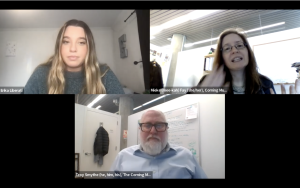
Smythe said that the program is beneficial for both the students and the museum. “The junior curators project in a way, sort of pushes the envelope a little bit,” Smythe said. “First of all, we value the program, because we don’t get a lot of very young voices, shaping what we put out for the public. And this is a good opportunity to do that.”
For the students, they say that the program is beneficial as the students build relationships with one another. While the students are mostly local they can often come from different schools and form a bond through the program that keeps them coming back.
“We had this sort of core group who came back every year, most of them did not know each other,” Fay said. “They came from different school districts, they went to different high schools. They couldn’t wait to come back [each year] and see that core group of them that they had been with for several years.”
These relationships are key to what the museum does according to Smythe.
“Relationships are a key part of what the education department tries to build across audiences and across, you know, diverse communities,” Smythe said. “And so this program really fits in very well with that. The fact that it’s such a long running program [64 years] is a source of pride.”
Tiwari said that beyond the relationships, personal growth has been her favorite part of being a junior curator.
“Over my years as a junior curator, I have developed a confidence in my opinions and an inquisitive perspective for exhibitions,” she said. “Being involved in this program has truly transformed my museum experience and taught me the importance of communicative and collaborative work.”
And for Smythe and Fay, they said they love having the voice and perspective of young people informing the museum but even more they value that the students feel like they have a voice.
“They see the museum as a place for them, a place for their voice, they belong here,” Fay said. “They end up developing these collaborative teamwork skills, writing skills, the ability to kind of better express themselves. In the end, a place where they feel comfortable expressing themselves and being able to put their ideas out there.”

